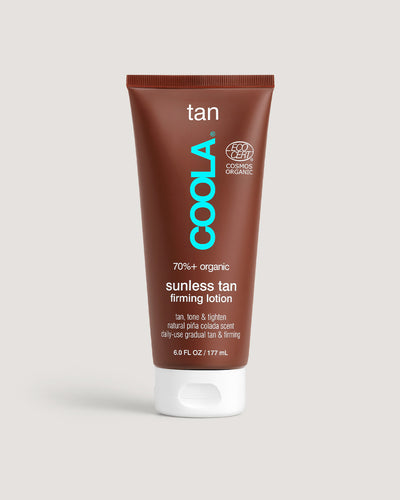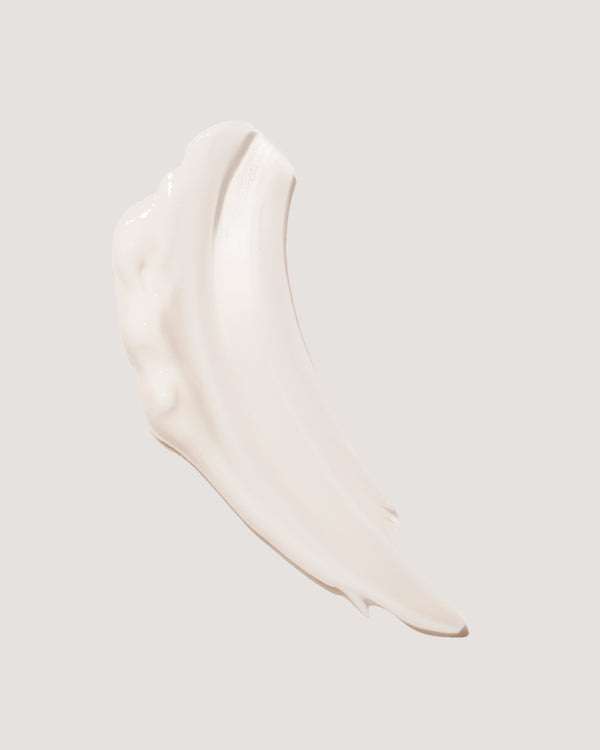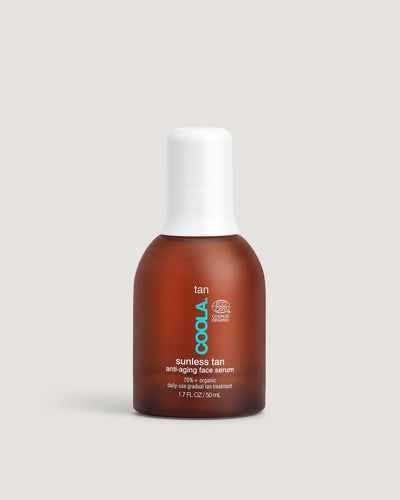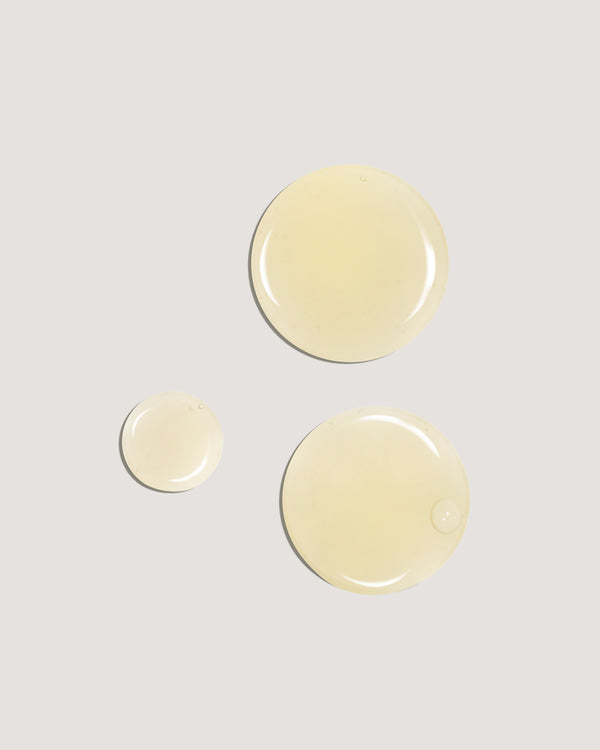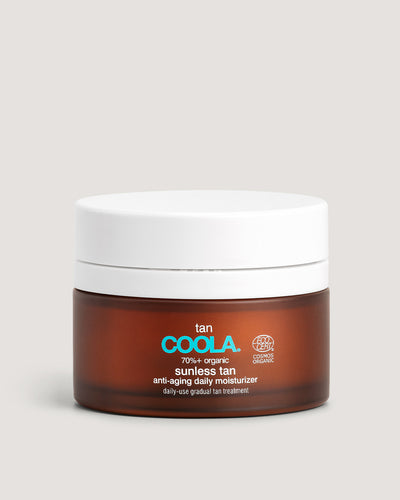
Is Tanning Oil Bad for You?
A radiant tan can make skin look healthy and confident, but not all glow comes without risk. Tanning oil is often seen as the fastest way to deepen color, yet many people overlook how tanning oil works and how it actually affects the skin.
Tanning oils work by allowing more UV rays to reach the surface, which can accelerate the tanning process but also increase exposure to damage. Understanding how these products function and when to choose SPF-infused or sunless options is the key to achieving a beautiful, healthy-looking glow safely.
What Does Tanning Oil Do and How Does it Work?
Tanning oil is designed to enhance the visible effects of the sun on your skin. Most formulas blend hydrating, plant-derived oils such as Coconut, Jojoba, Avocado, and Olive with Vitamin E and natural tanning enhancers like Cocoa Butter or Melanin. These ingredients help the skin appear smoother and more radiant while reducing dryness during sun exposure.
By minimizing light reflection on the surface, tanning oil allows more UV rays to reach the skin, which stimulates melanin production, the pigment responsible for your skin’s color. This process deepens a tan and creates that golden tone many people love.
However, it’s important to remember that hydration does not equal protection. Many tanning oils contain little or no SPF, leaving the skin vulnerable to both UVA rays, which contribute to premature aging, and UVB rays, which cause burning. According to the American Academy of Dermatology (AAD), sunburns can lead to lasting damage because UV exposure accumulates over time, increasing the risk of premature aging and skin cancer.1
Why Do People Love Tanning Oil?
Tanning oil has long held a certain allure. It promises an effortless glow, a glossy finish, and the kind of sun-kissed radiance often seen in resort photos and beauty campaigns. For many, it represents confidence, warmth, and that “just-back-from-vacation” look that feels instantly uplifting.
People are drawn to tanning oils because they:
- Deliver a smooth, hydrating feel on the skin
- Create a luminous, reflective sheen that enhances natural tone
- Provide an immediate, golden glow that looks healthy and vibrant
- Evoke a sense of confidence and self-care through appearance
Yet, while the visual results are undeniably appealing, the benefits can come with a tradeoff. Tanning oils can make the skin more susceptible to UV absorption, which accelerates the visible signs of aging and increases the risk of sun damage.
Used thoughtfully and paired with SPF protection, tanning oil can be part of a radiant routine, but relying on it alone leaves your skin unprotected from the very rays that cause harm over time.
The Risks of Sun Tan Oil and How to Protect Your Skin
Sun tan oil can give skin a luminous, bronzed look, but it may also leave it more vulnerable to UV exposure if it isn’t formulated with SPF protection. Without the right balance of hydration and defense, the same rays that deepen color can also stress the skin over time.
Lack of SPF or Little SPF
When your sun tan oil doesn’t include SPF, your skin absorbs more sunlight than you realize. Some formulas help filter UVA rays but offer less protection against UVB. While UVA contributes to premature aging, UVB is what causes sunburn, and both can impact the look and feel of your skin in the long run.
Skin Health Concerns
Tanning oil can give skin a quicker color payoff, but that speed often comes at a cost. The same UV exposure that deepens your tan can also accelerate the signs of aging, like fine lines and uneven tone.
Over time, repeated exposure increases the risk of long-term skin concerns, including dryness, discoloration, and more serious conditions such as skin cancer. Choosing SPF-forward sunless tanning products offers a healthier way to achieve a radiant, bronzed look without compromising your skin’s future.
Sun protection and skin radiance don’t have to be opposites. While traditional sun tan oils can leave skin exposed, SPF-infused and sunless alternatives make it possible to achieve a warm, natural-looking glow without compromising care.
What About a Sunless Tan?
If you love the look of sun-kissed skin but prefer to skip UV exposure, COOLA’s Organic Sunless Tan collection offers a radiant alternative that blends skincare and self-tanning into one seamless step.
Each product in the line uses Sugar Beet–derived DHA, a plant-based ingredient that interacts with the skin’s surface to create a natural-looking, buildable color, no streaks, no orange tone, and no sun required.
Start with the Sunless Tan Firming Lotion to give your skin a gradual, golden glow while helping it feel smoother and more toned. Enriched with natural caffeine, Baobab Oil, and antioxidants, it hydrates deeply and enhances radiance with every use.
For the face, the Sunless Tan Anti-Aging Face Serum combines Argan Oil, Aloe Vera, and Hyaluronic Acid to moisturize and condition as your glow develops. Its lightweight texture layers beautifully under SPF or mixes effortlessly with your daily skincare for a customized tan.
To maintain and enhance your color, the Sunless Tan Anti-Aging Daily Moisturizer provides a gentle, everyday boost of hydration and luminosity. Formulated with Hyaluronic Acid, Green Tea Extract, and Baobab Seed Extract, it helps keep skin soft, supple, and refreshed while extending your sunless glow.
Each formula is thoughtfully crafted with skin-loving ingredients that hydrate, condition, and support a natural, confident glow. Together, they make it easy to enjoy a healthy, bronzed look year-round.
Safety Tips for Using Tanning Oil
When it comes to tanning safely, prioritizing skin protection is key. With the right approach, you can enjoy the warmth of the sun while maintaining healthy, hydrated skin.
- Choose a Tanning Oil with SPF: Opt for tanning oils that include broad-spectrum SPF 30 or higher to help defend against UVA and UVB rays. Apply generously 15 minutes before going outdoors.
- Reapply Every Two Hours: Reapply SPF in addition to your tanning oil at least every two hours, or immediately after swimming, sweating, or towel-drying, to maintain consistent protection.
- Avoid Peak Sun Hours: The sun’s rays are strongest between 10 a.m. and 4 p.m.3 When possible, tan in the early morning or late afternoon, or take breaks in the shade during midday hours.
- Patch Test New Products: Before using a new tanning oil, test a small area of skin to ensure it suits your skin type and doesn’t cause irritation.
- Layer Sunscreen When Needed: Even if your tanning oil contains SPF, pair it with a lightweight, broad-spectrum sunscreen for additional protection during extended sun exposure.
- Wear Protective Accessories: A wide-brimmed hat, sunglasses, and light cover-ups help shield delicate areas like your face, neck, and shoulders from UV rays.
- Stay Hydrated: Drink water consistently throughout the day to keep skin hydrated and resilient. Proper hydration supports your skin barrier and helps maintain a radiant glow.
- Pay Attention to Your Skin: Monitor your skin’s response to sun exposure. If you notice irritation, redness, or sensitivity, take a break from the sun and focus on after-sun care to restore balance.
Following these practices helps you enjoy your glow safely and sets the foundation for long-term skin health.
Get a Worry-Free Tan With COOLA
Tanning oil isn’t necessarily bad if you take precautions. But we believe that sunless tan products, with nourishing and hydrating ingredients, are an alternative to help you achieve the glow you desire.
Discover a healthier way to tan with COOLA's collection of suncare and sunless tanning products that feel good and help you look good. Our tanning oils, lotions, and sunscreens, formulated with organic ingredients, prioritize skin health and environmental sustainability.
You’ll benefit from a blend of sun protection and nourishing elements that help you achieve a radiant sunless tan while caring for your skin and nature at the same time.
Tanning Oil FAQs
What Is the Safest Form of Tanning?
The safest way to get a bronzed look is with sunless tanning, which creates natural-looking color without UV exposure. COOLA’s Organic Sunless Tan collection uses DHA and hydrating ingredients like Aloe Vera and Hyaluronic Acid for a healthy, radiant glow. Learn how to apply self-tanner for a smooth, flawless finish.
If you prefer using tanning oil, always choose one with broad-spectrum SPF 30 or higher to help protect against UV damage.
Is Tanning Oil Better Than Lotion?
While tanning oils intensify UV effects, tanning lotions often come with built-in SPF and moisturizers that protect and nourish the skin during sun exposure.
Does Tanning Oil Help You Tan Faster?
Yes, it can help you tan faster because of the way it works by concentrating UV rays and stimulating melanin production. The caveat is that tanning oils often have low SPF ratings.
Is Tanning Oil Better Than Sunscreen?
It depends on what you want to achieve. If you want a bronze glow on the surface of your skin, tanning oil is the way to go. However, you can use tanning oil in conjunction with sunscreen to limit harmful UV exposure.
Can You Put Tanning Oil Over Sunscreen?
Yes. It’s safe to apply tanning oil over sunscreen as long as your sunscreen is broad-spectrum SPF 30 or higher. Apply sunscreen first, let it absorb fully, then layer tanning oil on top to help enhance your glow while maintaining UV protection.
How Often Should I Reapply Tanning Oil?
If your tanning oil includes SPF, reapply every two hours, or more often after swimming, sweating, or towel drying. This helps maintain consistent protection and an even glow.
Sources:
- American Academy of Dermatology. “How to Treat a Sunburn.” American Academy of Dermatology Association. https://www.aad.org/news/how-to-treat-a-sunburn
- American Academy of Dermatology Association. Stats: Sunscreen. https://www.aad.org/media/stats-sunscreen
- Centers for Disease Control and Prevention. Sun Safety. https://www.cdc.gov/skin-cancer/sun-safety/





